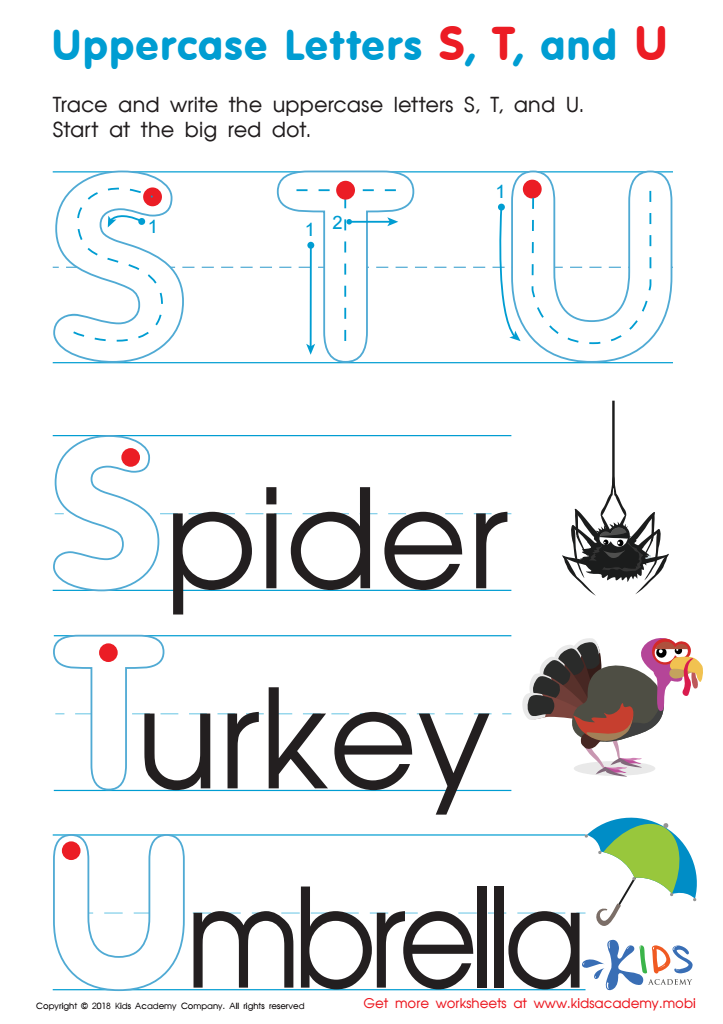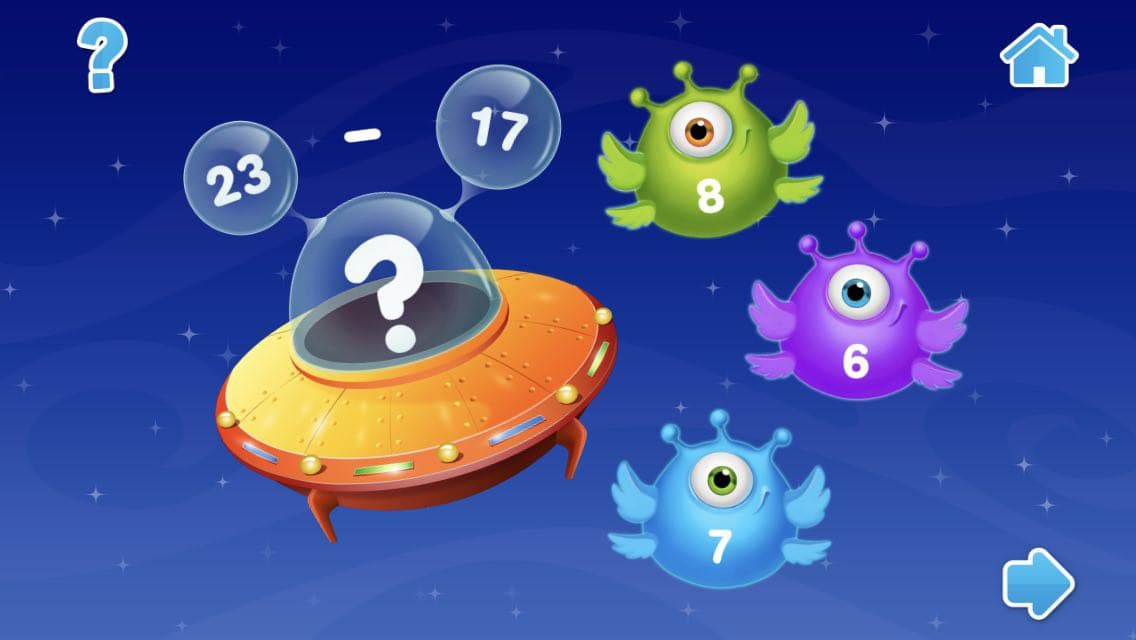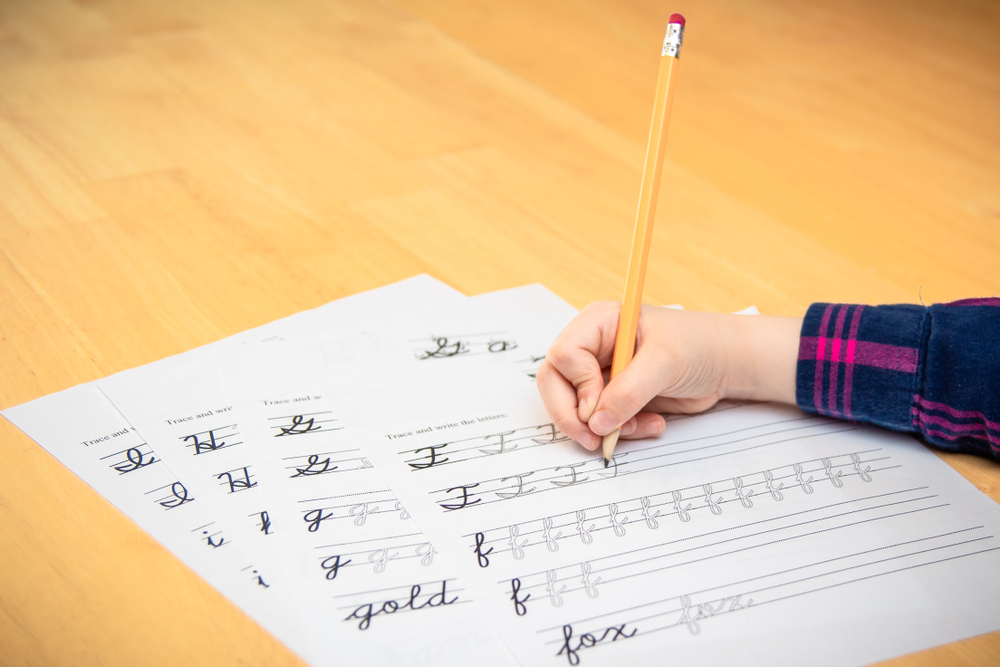Handwriting practice Uppercase Letters Worksheets for Ages 6-8
6 filtered results
-
From - To
Our Handwriting Practice Uppercase Letters Worksheets for ages 6-8 are the perfect resource to develop your child's writing skills. These engaging and educational worksheets offer clear guides and repeated practice to help young learners master uppercase letters. Designed to correlate with literacy programs, each sheet encourages proper letter formation, spacing, and consistency, fostering confidence and proficiency. With colorful activities and fun tracing exercises, kids stay motivated while building essential handwriting skills. Perfect for classroom use or at-home learning, these printable worksheets make handwriting practice enjoyable and effective for children aged 6-8.


Uppercase Letters J, K, and L Worksheet


Uppercase Letters S, T, and U Worksheet


Uppercase Letters G, H, and I Worksheet


Uppercase Letters D, E, and F Worksheet


Uppercase Letters Y Z Worksheet


Uppercase Letters V, W, and X Worksheet
Handwriting practice, especially focusing on uppercase letters for children aged 6-8, plays a crucial role in early education and developmental skills. At this formative age, children are honing their fine motor skills, which are essential for hand-eye coordination, dexterity, and overall physical control. Practicing uppercase letters serves as a structured exercise that supports the strengthening of these muscle groups.
Beyond motor skills, handwriting practice helps in cognitive development. The process of forming each letter requires children to focus, apply consistent pressure, and follow specific sequencing, all of which enhance their attention to detail, memory, and visual-spatial reasoning. Uppercase letters are often easier for younger children because of their simpler and more consistent forms compared to lowercase letters, making them an excellent starting point.
Additionally, proficiency in handwriting is closely linked to academic success. When children can write clearly and legibly, it reduces frustration and increases their confidence in completing written tasks, thus fostering better communication skills. This foundational skill also impacts their ability to learn reading and spelling, as writing and recognizing letters reinforces literacy development.
Lastly, good handwriting fosters a sense of pride and accomplishment. When children see their progress, it nurtures self-esteem and a positive attitude toward learning. For these reasons, both parents and teachers should prioritize handwriting practice for young children.

 Assign to My Students
Assign to My Students




















